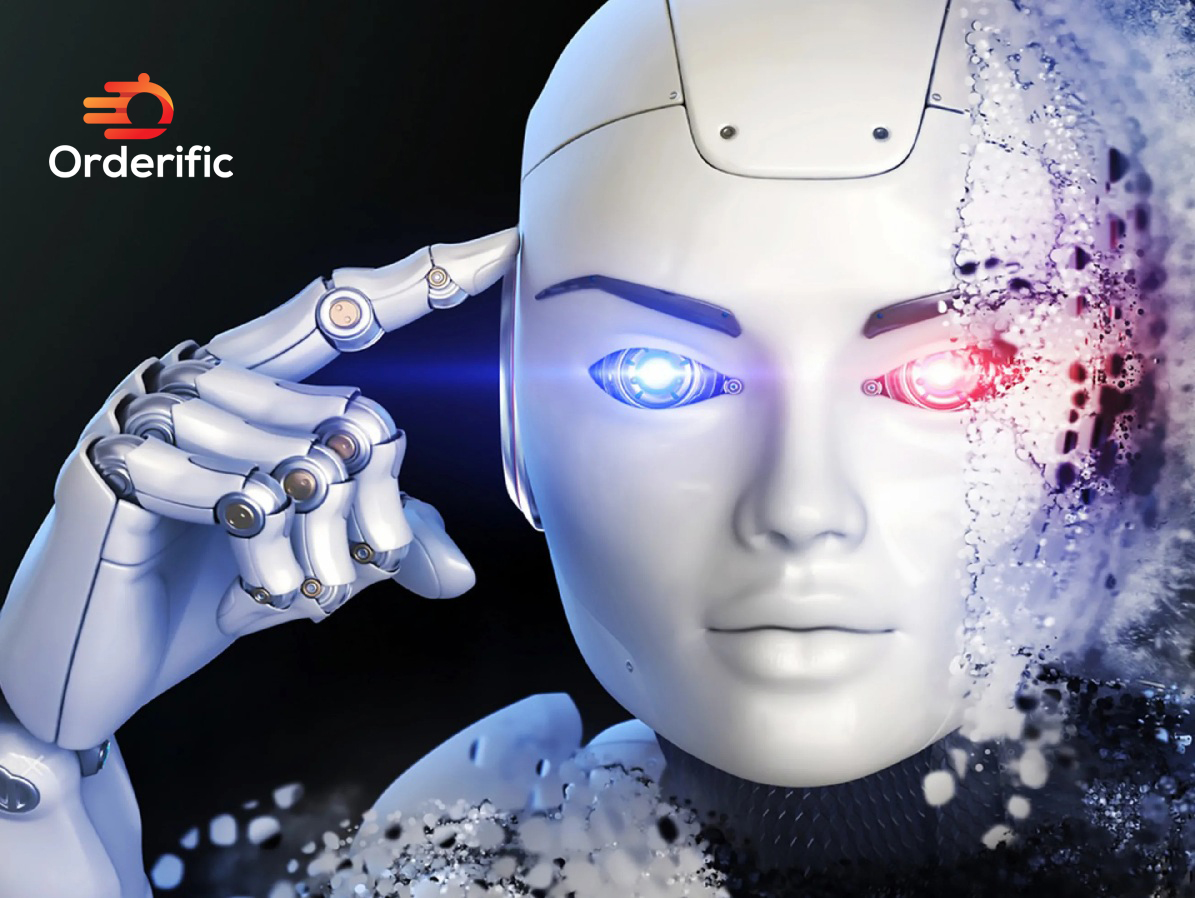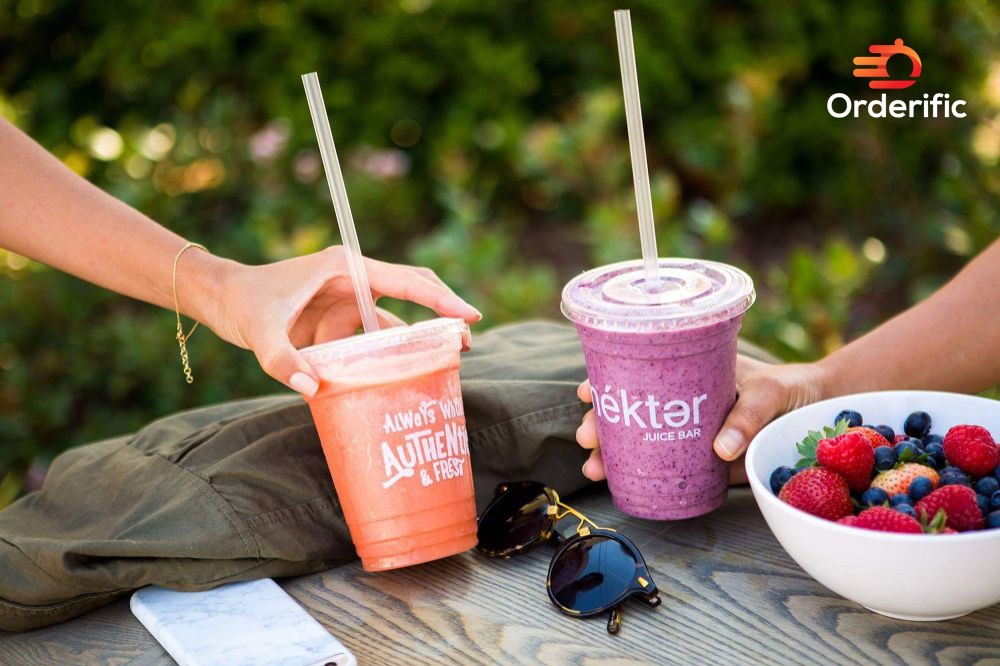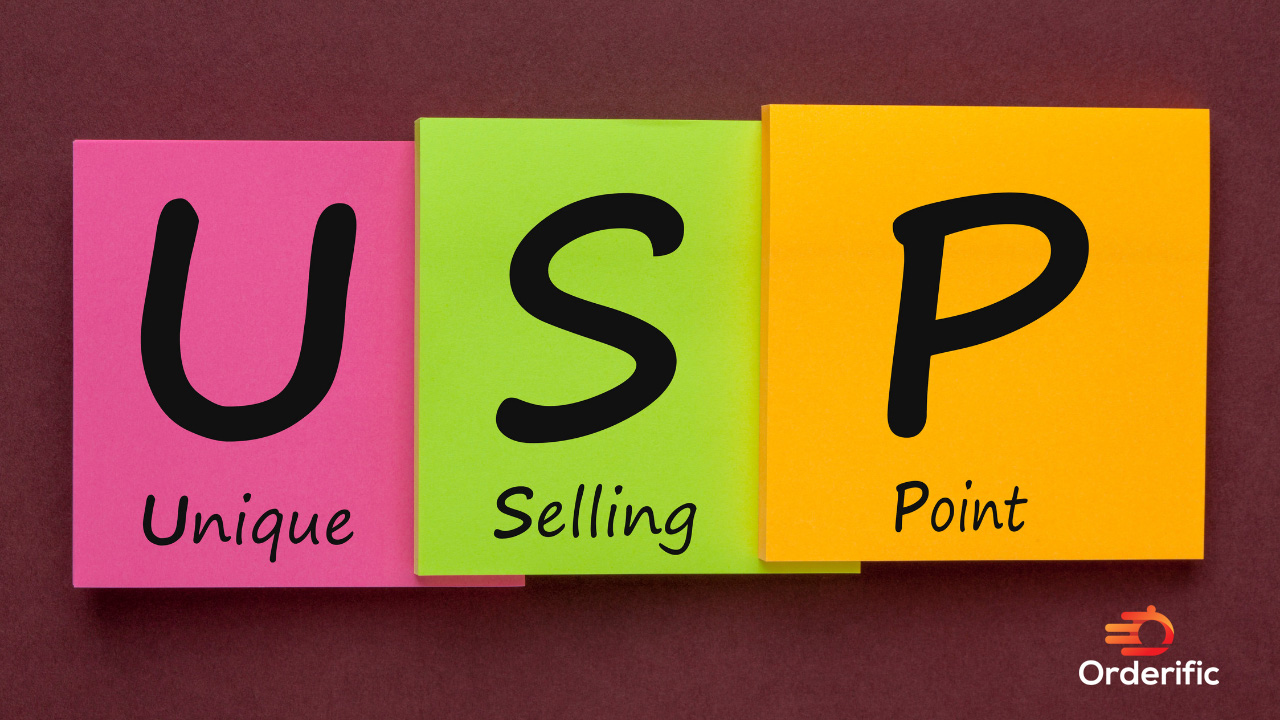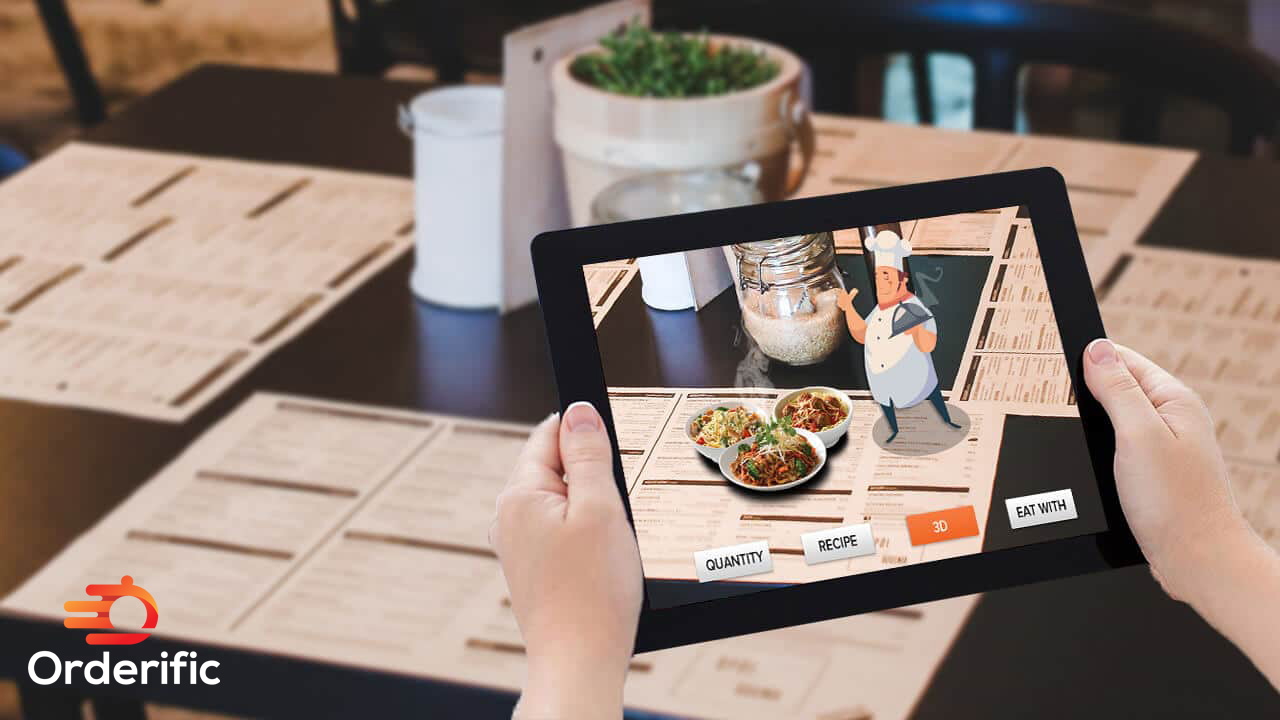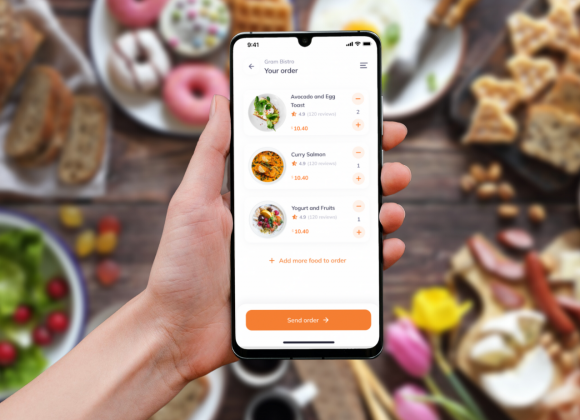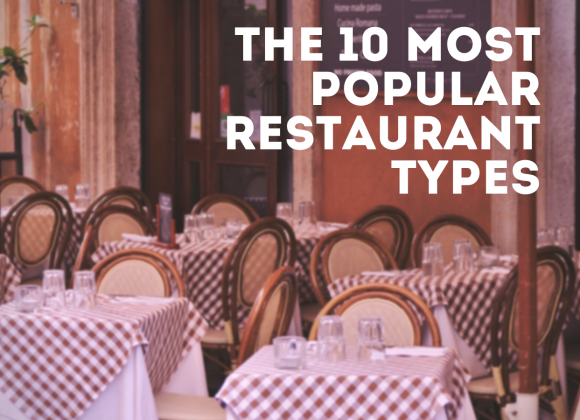Let’s face it – restaurant management is no piece of cake. From managing orders to keeping track of inventories and being in sync with inventory management, and oh the delicate art of handling “hangry” customers; everything can feel like a culinary marathon systems.
But fear not! This blog explores the features, differences, and benefits of restaurant management systems. Whether you’re opening your first restaurant or looking to spice things up, fasten your aprons and get ready to experience Restaurant Management System‘s comprehensive capabilities.
Did You Know
According to Grand View Research, the restaurant management system market size was $3.6 billion in 2020, which is expected to reach around $7 billion in 2025.
What is a Restaurant Management System?

A restaurant management system is a type of software that is specifically designed for use within the restaurant industry. It encompasses all marketing and operational components required for running a business. Unlike a point-of-sale (POS) system, a restaurant management system (RMS) contains all back-end needs, such as inventory and staff management.
If you’re in the beginning stages of looking for a restaurant management system, this comprehensive guide answers your multiple questions and concerns. Let’s start by looking at five important questions and evaluating your restaurant business.
Users must ask these questions before investing in an RMS system.
- What is the function of restaurant management software?
- Why does my business need restaurant management software?
- What features can I expect with restaurant management software?
- What’s the restaurant management software investment? Should I opt for perpetual or subscription payments?
- Are there any ongoing maintenance charges for my restaurant management software?
- How do I get my restaurant management software requirements customized?
- What types of F&B outlets need restaurant management software?
- Is there any restaurant software training available?
- Do I need to install new restaurant management software updates, or does the system do it automatically?
- Who will install my new restaurant management software?
What is the Difference Between an RMS and a Standard POS System?
A Restaurant Management System (RMS) and a standard Point of Sale (POS) system serve different functions within a business. Here are the key differences between the two:
| Features | RMS System | POS System |
| Purpose | Focuses on optimizing pricing and maximizing business revenue, particularly in the hospitality industry. Uses advanced algorithms and data analysis to forecast demand, set dynamic pricing, and make strategic decisions to maximize profitability. | A Point of Sale system is designed to handle transactions and facilitate the sale of products or services. It typically includes inventory management, order processing, payment processing, and generating receipts. |
| Scope of Functionality | An RMS typically focuses on revenue optimization, demand forecasting, pricing strategies, and reporting. It helps businesses determine the best pricing and inventory strategies to maximize revenue and profitability. | A POS system covers a broader range of functions related to sales and customer interactions. It includes features like order taking, menu management, table management, staff management, reporting, and payment processing. |
| Industry Application | Restaurant Management Systems are commonly used in industries with perishable inventory and high demand fluctuations, such as hotels, airlines, car rentals, and cruise lines. The focus is maximizing revenue by optimally pricing products or services based on demand and other factors. | Point of Sale systems are used in various industries, including retail, restaurants, hospitality, and service-based businesses. Their primary purpose is to facilitate smooth transactions and manage day-to-day operations related to sales. |
| Data Usage | Relies on extensive data analysis, including historical data, market trends, competitor analysis, and demand patterns. They use this data to forecast demand, optimize pricing, and make strategic decisions. | POS systems collect transactional data related to sales, inventory, customer preferences, and employee performance. This data is used for inventory management, sales reporting, customer insights, and operational analysis. |
A proper Restaurant Management Software offers more features than a standard POS system. A point-of-sale (POS) system is the hardware and software that enable you to accept payments and check out customers. A standard POS system’s software calculates all details relating to customer purchases.
An RMS manages all back-end needs, such as online ordering, reporting, inventory, etc. Every RMS is different according to the manufacturer and the system requirements of the restaurant. When choosing Restaurant Management software, a few must-have tools will play a large role in the success of your restaurant, which you will have the opportunity to discuss with your supplier before purchase.
What are the Benefits of an RMS?
A comprehensive guide such as this details the benefits of software for restaurant management.
Overall, by integrating every ‘department’ within your restaurant business, the chosen management system for your restaurant will enable you to run operations much more effectively and increase your bottom line profitability.
Here are the top 10 benefits of using a restaurant management system:
1. Staff Timesheets and Rota Planning
Gone are the days when restaurant owners and managers had to spend precious time on Excel spreadsheets, staff rota planning, clocking in and out times, rest days, holidays, and sick days.
Software for restaurant management will automatically update and is a fantastic way to maintain your staff timesheets and rota planning as a cloud-based system that you can easily access and share.
2. Inventory Tracking
As a restaurant owner, even working beside your head chef, tracking all the items required for each and every dish is both time-consuming and cumbersome without the use of software for restaurant management. Apart from the fact that your restaurant stores may have a deficit of some items and an excess of others to be used in good time, there are suppliers with whom you need to order in advance, especially for items in high demand or seasonal, such as certain fresh fruits and vegetables or seafood. Restaurant management software fully supports tracking all items and saves your restaurant business time and money.
Your restaurant management system will also enable you to track inventory metrics and generate those all-important reports. Maintaining a full menu as published for your guests is very important for your restaurant’s reputation and longevity.
3. Dine-in Reservations and Floor Management
During peak times when your dine-in restaurant may be extra busy with regular and new guests, even small groups, who haven’t made a reservation, managing the floor can be challenging for your FOH team.
A customized restaurant management system will allow you to view your floor plan, seating capacity, guest arrivals, etc. As new guests arrive, you can quickly and efficiently see them at a table. This floor management team will satisfy your newly arrived guests but drastically reduce the risk of losing their return customs had you not been efficient with your floor management. We can call this damage limitation.
Of course, your restaurant management system will also enable your FOH team to accept table reservations on whichever day and time your guests choose.
4. Countless Menu Options
Now you can update your menu as frequently as you like, for example, with daily specials, seasonal specials, vegetarian food, gluten-free options, discount offers, a breakfast, lunch, or dinner promo, a new signature dish, a menu for kids, limited edition desserts, and beverages.
The beauty of an RMS is that you can seamlessly update your menu from anywhere, even your home office, by simply logging in. Simply synchronize your menu updates across multiple POS terminals and locations, inform your restaurant’s front-of-house team, and voila! You’re done!
5. Organize and Consolidate Online Orders
Most restaurants are using an online order delivery platform, such as Careem, Deliveroo, Noon, Munch, Talabat, Lunch On, Eat-Easy, Clean Eat Me, DoorDash, ChowNow, Caviar, Seamless, PostMates, and Delivery.com – the list is endless, depending on the location of your restaurant across the globe.
Once your customer has placed their order with any of the above food ordering platforms and is seeking a delivery or takeout service from your restaurant, your restaurant management system must integrate your partner’s online order platform.
From receipt of the order, you can automate it into your restaurant management system, accept payment, advise your kitchen, and change or amend a new food order as the customer may have requested. The food preparation can commence immediately before your food delivery partner’s driver arrives to collect your parcel for delivery to the customer.
6. Offer A Wide Selection Of Payment Options To Your Customers
A restaurant management system should provide payment options such as credit, debit, and cash. However, more customers are moving towards an EMV payment method for convenience and security as payment technology progresses. Compatible restaurant terminals enable card dipping for chip and PIN or chip and signature authentication for popular, secure payment methods such as Apple Pay, Android Pay, etc.
To maintain new customers, your restaurant must remain up-to-date with today’s modern technology. To provide ease for restaurant staff and customer satisfaction for those all-important guests, it is critical that your restaurant management software can accommodate all the necessary payment options.
7. Restaurant Marketing Updates
The continuous building of your brand name, remaining on point, and showcasing your menu and interior design are critical to the overall success of your restaurant business.
Any restaurant owner who fails to keep up with their social media channels, including reels, stories, and consistent posts to include their dishes, can’t remain open. It’s a numbers game, and reaching out to your target demographic is much easier with an effective restaurant management system that connects to your social media channels.
Software for restaurant management enables you to quickly and easily publish your dish of the day, your head chef preparing food, your star of the month team member, pretty guests, and gatherings. All this effort will contribute to the flow of foot traffic through your restaurant door.
8. Consolidate Restaurant Updates
Enabling your restaurant management system to allow you to receive and consolidate restaurant updates from your kitchen’s inventory status to online delivery orders, staff attendance, reservations, floor management status, social media, website, and financial account reports enables you to stay ahead with your restaurant business management.
A restaurant owner who invests in a professional restaurant management system subscription will benefit from business efficiency, save time and money, and be able to focus on your guests’ dining experience as well as customer acquisition.
9. Live Order Tracking and Updates
An out-of-date POS system will provide for printing out and placing orders for the kitchen. This process doesn’t provide for order updates such as menu item changes or an additional order from the same customer. Neither does this method allow you to track the food preparation process, communicate with your head chef, or make any amendments whatsoever because, quite simply, the order was printed out and handed over to the kitchen. In effect, you’ve let that order go, and your front-of-house team is now waiting for the packaged food delivery order to come out of the kitchen.
Modern restaurant management software will allow you to make updates directly through the RMS portal, eliminating staff needing to walk into the kitchen with order amendments and extra customer requests.
10. Boost Your Restaurant Efficiency
Our comprehensive guide details the key benefits and importance of a restaurant management system and talks about many amazing performance perks that will allow you to run your restaurant business much more efficiently and profitably.
As you know, no two days are the same when running a restaurant; the key is to remain efficient. This way, your staff will stay, and your guests will enjoy that all-important dining experience.
By deciding to not only understand the core benefits of restaurant management software but also to purchase a state-of-the-art system that integrates all the core requirements of your restaurant business operations, you have also decided to start avoiding mistakes that can drastically reduce your restaurant’s reputation and popularity and instead, look forward to running an efficient and much more profitable business empire.
What Types of RMS are Available?

There are several types of restaurant management systems available. Here are some of the most common types of restaurant management systems:
- All-in-one restaurant management solutions: This system provides POS software with inventory, employee, and payment features
- Point-of-sale software: This software is designed to process transactions and manage sales data
- Online ordering software: This software allows customers to place orders online and integrates with the restaurant’s POS system
- Restaurant payroll and accounting systems: This software helps manage payroll, accounting, and other financial tasks
- Restaurant reservation software/table management system: This software helps manage reservations and table assignments
- Food costing software: This software helps manage food costs by tracking inventory, and recipe costs
- Inventory management system: This software helps manage inventory levels and track food costs
- Waitlist management software: This software helps manage waitlists and seating arrangements
- Restaurant analytics software: This software helps track sales data, customer behavior, and other metrics to help improve restaurant operations
- Restaurant menu builder software: This software helps create and manage menus
- PMS integration software: This software integrates with property management systems to help manage hotel restaurants
- Employee management system: This software helps manage employee schedules, time off requests, and other HR tasks

Most restaurant owners start with a POS system and add integrations as their business grows. The best restaurant management software must be versatile and customizable because the industry is varied and complex.

How Can I Use RMS In My Restaurant?
How you choose to use your management system for your restaurant largely depends on the property’s size and specific needs. However, there are so many exciting ways you can benefit from your software for restaurant management!
- Inventory tracking
- Produce and raw material ordering and inventory
- Table and order management
- Employee timesheets
- CRM integration
- Marketing and loyalty programs
- Website management
- Menu creation and set-up
- Accounting software integration
- Detailed reporting and data
Important Things to Consider Before Getting an RMS
Our comprehensive guide details all the following aspects while going through the process of selecting the right management system for your restaurant. However, these are the 3 key points to keep an eye on.
- Type
- Scaling
- Integration
Restaurant Management System Pricing
Orderific is a leading supplier to owners and managers with seamless software for restaurant management platforms that their whole business loves.
Price: Customizable Packages as per Business Type
How: Book a Demo
What Makes Orderific: A go-to Choice for Restaurants?
Increase Your Revenue by More Than 30%
- Increased Table Turnover
- Increased Ticket Sizes
- Increased Tips
Decrease Operational Costs by 30%
- Eliminate Human Errors
- Increased Labor Productivity
- Low Maintenance Cost
Gain More Control Over Your Business
- Real-Time Data Access
- Data Analytics for Smarter Decisions
- Update with One Click
Now you can also improve the guest experience with Orderific QR Mobile ordering solutions. Allow your customers to view
- branded digital menu,
- place their orders and
- pay the bills to avoid errors and save time.
Your staff will have more time for hospitality and a wholesome, welcoming guest experience. Orderific Restaurant Management System is all about smart upsells and cross-sells. With Orderific’s restaurant management software, you can finally easily manage operations and enjoy increased profits by reducing costs and implementing much more powerful back-of-house and front-of-house operations.
Be it:
- Events,
- Hotels & Resorts
- Casual Dining,
- Fine Dining,
- Bars and Night Clubs
- Bakeries and Cafes
- Coffee Shops,
- Golf Courses,
- Food Trucks and Popups
- Restaurant Retail (Speciality Produce)
Orderific is the ultimate solution that supports a wide variety of restaurant businesses. Learn more about how your F&B business can benefit from a state-of-the-art restaurant management system, and talk to an Orderific advisor today. Get started today. Register for a FREE trial. To learn more about restaurant management solutions’ features and benefits, request a demo today.



